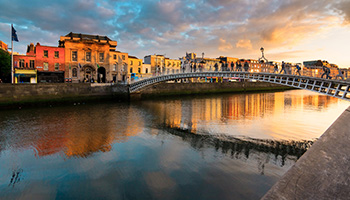Dublin is one of those places where you can hear echoes of the past everywhere you go. The city's rich history is especially palpable in certain places, where great care has been taken to preserve the past and the many stories that have unfolded in Dublin across the centuries. As a history major, the fascinating events of Dublin's history were an important factor in my decision to study abroad here. There are countless ways to experience the past in Dublin, but I've collected just a few of my favorite historic sites to share with you in this post. These sites are absolutely fascinating, and they are all great places to learn about Dublin's past and how it has shaped the city into what it is today.
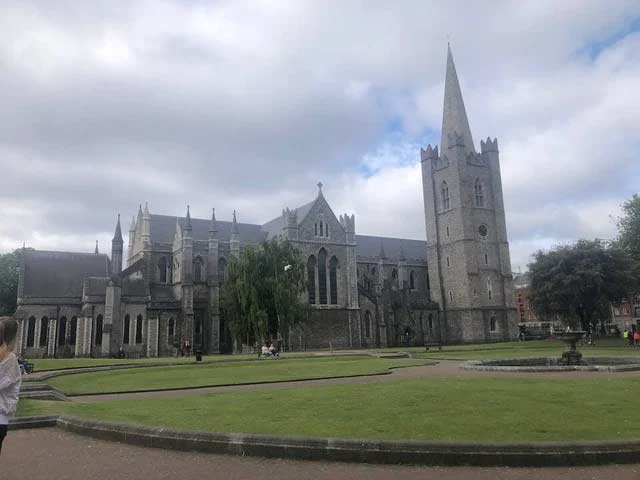
-
St Patrick's Cathedral
St Patrick's Cathedral is one of Dublin's most famous buildings, and for good reason. The cathedral was built over 800 years ago, near a site where St. Patrick is said to have baptized early Irish converts to Christianity. St Patrick's has undergone many transformations over the past eight centuries, all of which are reflected in the building itself.
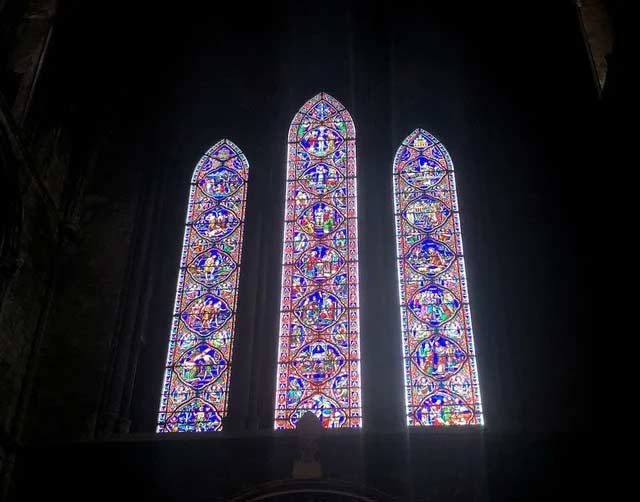
Since my internship abroad site, Marsh's Library (another historic site I would highly recommend!) is right next door to St Patrick's, I've been lucky enough to spend a great deal of time in the cathedral. The building itself is beautiful, with many lovely stained-glass windows, intricately carved statues, and moving memorials to various people from throughout Dublin's history. One of my favorite features would have to be the window depicting "Hibernia," a personification of Ireland.
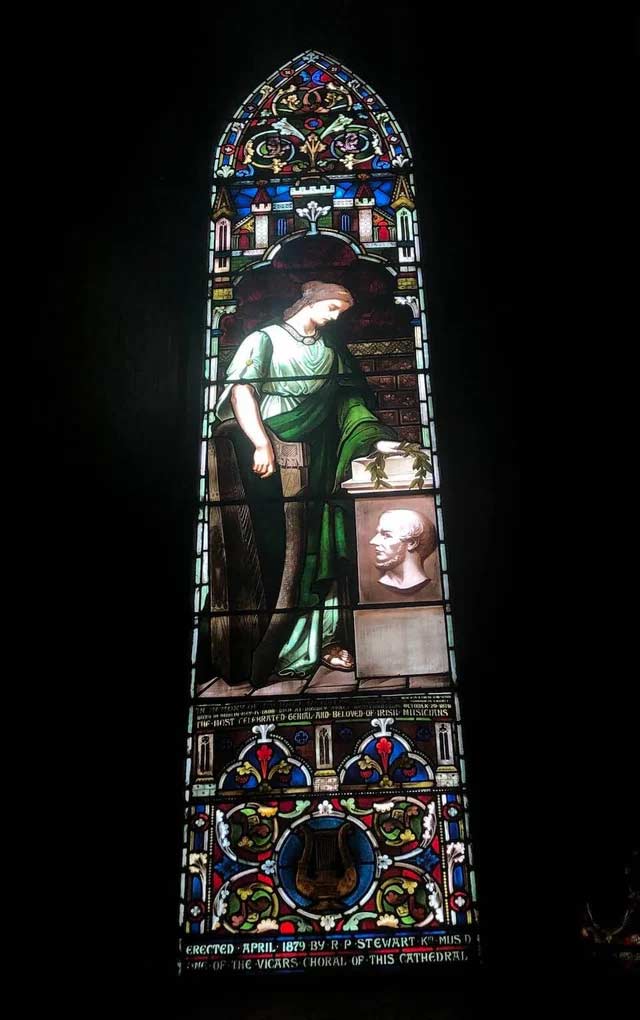
During my visits to St Patrick's, I really enjoyed following along with the audio guide, included in the admission price, because I was able to learn a lot of interesting details about the cathedral's history. For example, it was fascinating to hear about the life and times of Jonathan Swift, the famous author of Gulliver's Travels, who also was dean of St Patrick's and is buried in the cathedral. Known for his wit and eccentric mannerisms, Swift actually wrote his own epitaph, in which he urges the reader:
"Go forth, Voyager, / and copy, if you can, / this vigorous (to the best of his ability) / Champion of Liberty."
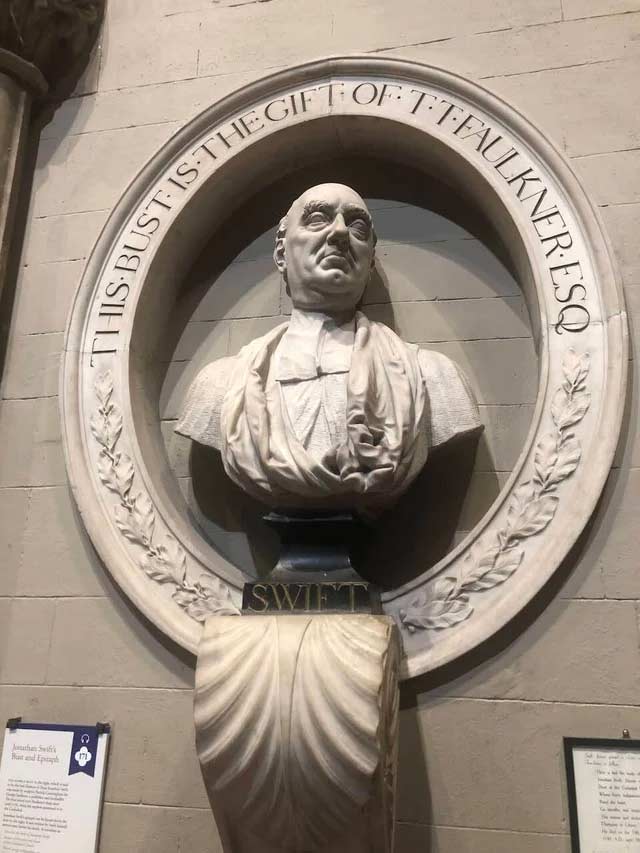
-
Kilmainham Gaol
Kilmainham Gaol (simply an alternate spelling of the word "jail") dates to the late 18th century and has seen many important events from Irish history take place within its walls. No longer a working prison, Kilmainham is now open to the public as a museum and offers incredible guided tours of the prison complex. (These tours are extremely popular, so I would suggest booking your tickets well in advance, especially during the summer months.)

Our tour started off in the oldest part of the jail, where the original intention was that one prisoner would reside silently in each cell. However, Kilmainham was always notoriously overcrowded, especially during the Great Famine in the mid-1800s. Desperate conditions forced people into crime, and some even committed crimes on purpose because in the jail, they were at least guaranteed a roof over their heads and food to eat. This meant that men, women, and children were incarcerated at Kilmainham to an extent well beyond its capacity.

Today, Kilmainham Gaol is most well-known for being the site where 14 of the leaders of the failed 1916 Easter Rising were held and executed by firing squad in the weeks after the Rising. These tragic events were a crucial turning point for Ireland, as the brutality of the executions garnered support for the rebels among ordinary Irish people. This was pivotal in triggering the events that led to the creation of the independent Republic of Ireland we know today.

Visiting the actual places where these things occurred was extremely moving, and I was deeply appreciative of the work Kilmainham has done to preserve the building and educate people about its history. Both the guided tour and museum exhibitions about the Irish struggle for independence are extremely impactful and make Kilmainham Gaol well worth a visit.
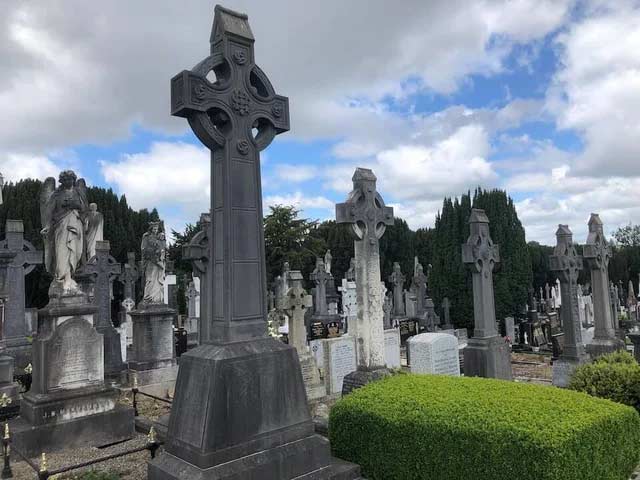
-
Glasnevin Cemetery
Located north of the city center, Glasnevin Cemetery is a sprawling necropolis in which over 1.5 million people are buried (more than the living population of Dublin today). The cemetery was established in 1832 by famed nationalist Daniel O'Connell, with the intention of providing a cemetery for people of all faiths and backgrounds. Still a working cemetery, Glasnevin is also widely visited for its historic import.
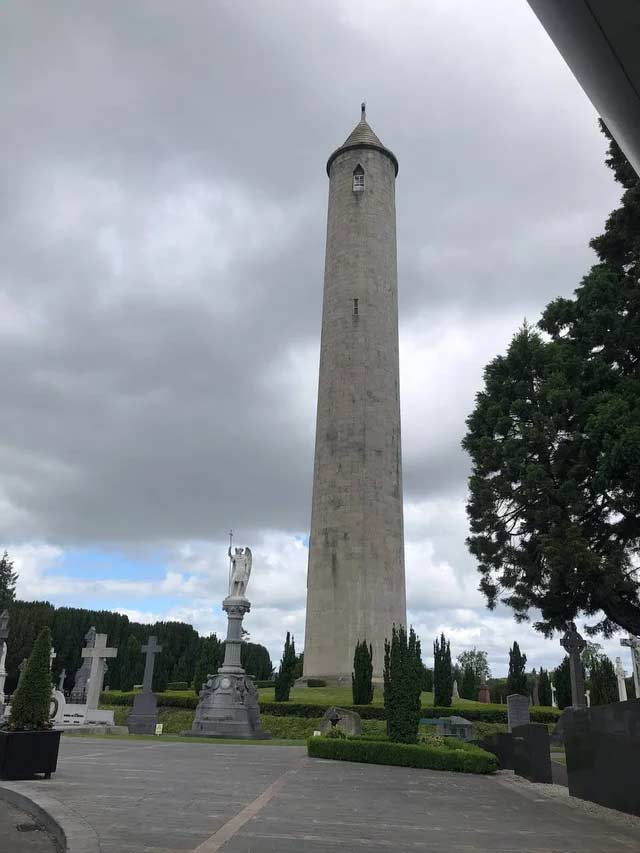
The Irish History Tour offered by Glasnevin takes you around the cemetery to the graves of some of the many well-known people buried there. These include O'Connell himself, who has been laid to rest in a crypt underneath O'Connell Tower. As part of the tour, you can go inside the crypt and even touch O'Connell's coffin (said to be good luck)! For an additional charge, you can also climb to the top of the tower. In my opinion, the journey up the nearly 200 steps is worth it for the amazing views you get of the city!
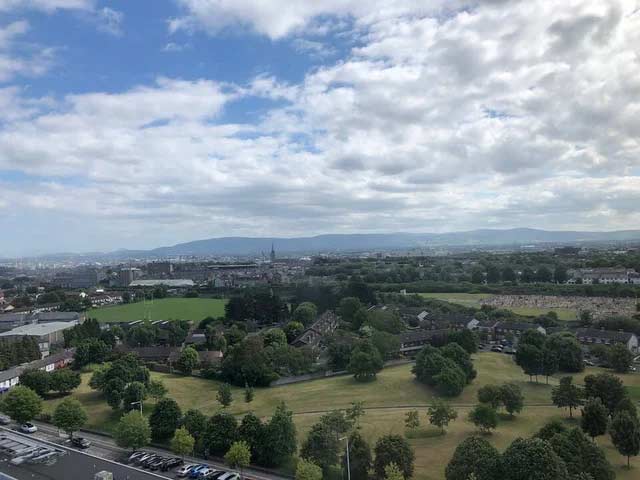
Overall, I was greatly impressed with my experience at Glasnevin. I was able to learn so much and felt that it was a very respectful memorial to the people who have been buried there, whether their names are familiar or not.
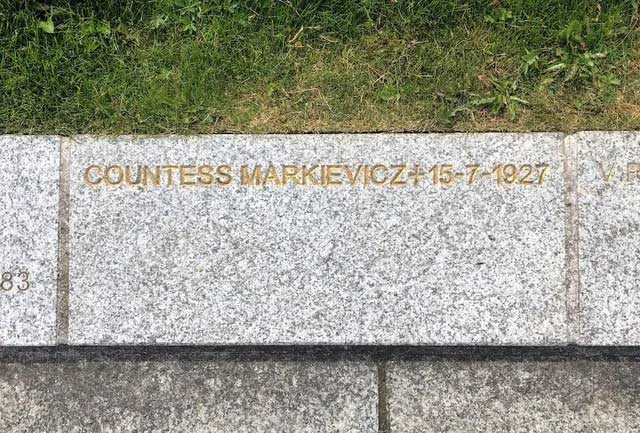
-
14 Henrietta Street (Tenement Museum)
The final site I would like to discuss is a museum I visited as part of my Analyzing and Exploring the Global City class with CEA CAPA. Our class took a tour of 14 Henrietta Street, located on one of several 18th-century streets designed for residences of the Georgian elite of Dublin. A very wealthy family once occupied this home, but in the 19th century, many of these Georgian townhouses were abandoned by their affluent residents and turned into tenements. This meant that the building was subdivided into smaller apartments (often only made up of a single room), which usually suffered from overcrowded, unsanitary, and impoverished conditions. Our tour discussed life in the townhouse both when it was a residence to a single family and during its lifetime as a tenement, when, by the early 20th century, it was home to 100 people.
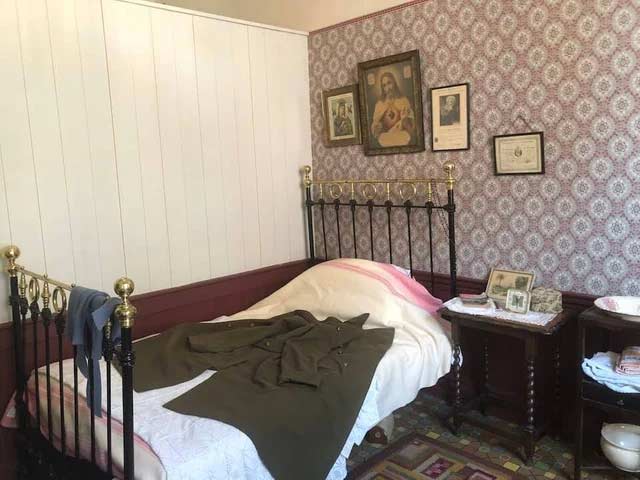
I am very glad that I had the chance to visit this museum with my class because we were able to learn about two very different sides of life in historic Dublin. It was surreal to realize that the hardships and tragedies we were hearing about had taken place in the very building we were standing in. The Tenement Museum is striving to preserve and tell the stories of the people who lived in Dublin's tenements, and it is fulfilling this important mission in a very effective and engaging way.
Knowing Dublin's history is essential to understanding the city today, and sites like these are doing an amazing job of giving visitors the opportunity to experience the beauty and the tragedies of the past firsthand. If you get the chance, I would highly recommend checking out any and all of these sites while you're in Dublin. You will soon realize that even in the most modern parts of Dublin, history is everywhere you look.








